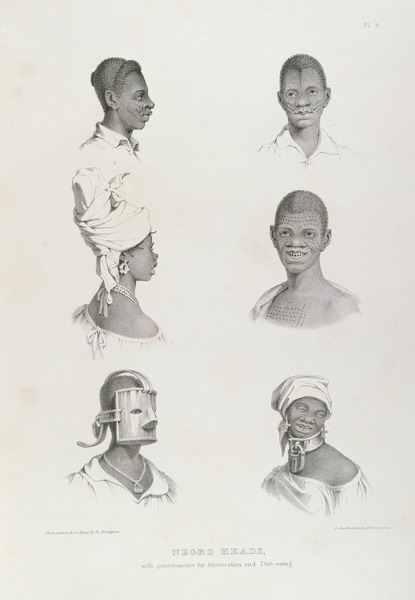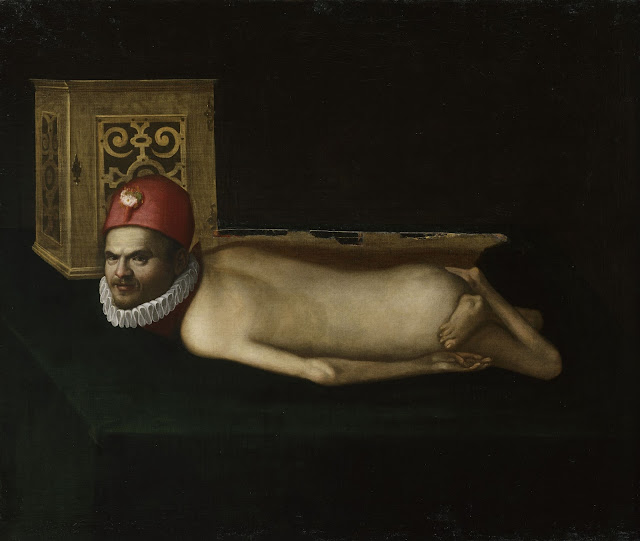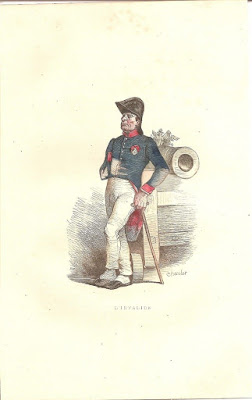Seeing Our History – Outdoor Blind People in Edwardian Scotland
By Iain Hutchison
Seeing Our History is a Heritage Lottery Fund-supported research project conducted in 2014/15 by the Royal National Institute of the Blind-Scotland and aided in practical terms by Lothian Health Services Archive and the National Records of Scotland. The basis of the project was a Register of Outdoor Blind people living in Edinburgh and the southeast of Scotland between 1903 and 1910. The Register had been poorly compiled with many incomplete entries, but this gave added incentive to research volunteers in their quest to reconstruct the lives of outdoor blind people – people living in their communities and beyond the patronage of the Edinburgh Blind Asylum and its workshops.
The project team, consisting of research volunteers some of whom have sight loss, Dr Iain Hutchison, the project research historian, and Dr Catriona Burness, RNIB-Scotland’s senior research officer, had several potential lines of enquiry from which to choose. With 1,170 entries in the Register, a quantitative study was attractive, but when the incomplete nature of many entries was confronted, and numerous duplications identified, a qualitative approach was seen to hold greater potential.
Several detailed case studies resulted from this qualitative strategy and as life stories were developed, the study extended well beyond the eight years during which entries were made in the Register. The Edinburgh Mission to Outdoor Blind, the first such mission in Scotland, founded in 1857, had the instruction of tactile print as its primary objective. It used the Moon system exclusively for four decades before also embracing braille. Its concern was that blind people living among the sighted population should not be deprived of access to religious works. The Edinburgh Blind Asylum was also guided by a strong religious ethos, but the workshops that were the core of its activities meant that it catered for productive and therefore ‘ablebodied’ blind people.
The outdoor blind tended to be those blind people ‘disabled’ from working, or who, if they did work, earned insufficient money for it to provide meaningful self-support. They included elderly people, people who had lost a trade due to accident-related blindness, married women and widows, paupers confined to poorhouses, and the Mission’s so-called ‘migrant class’ whose claim to independence was in reality a precarious existence in lodging houses and temporary accommodation.
The primary output from the project was a book entitled Feeling Our History. The title emphasised not only the role of tactile print to people with sight loss, but the emotions affecting individual lives along with their tribulations, successes, and diverse social relationships. The book presented the project finds in two ways. One was through a selection of themes tracing the work of the Missions to Outdoor Blind and the broader experiences of blind people in such spheres as employment, education, poverty, communication, religion and charitable intervention. The second approach was to showcase the lives of ten of the people whom our researchers had explored in detail.
The book was produced in five formats in order to provide maximum accessibility to people with sight loss, and included large print, braille, audio and e-book formats. An interesting discovery was that people with total sight loss, in addition to other options, also wished to have a standard print version of the book so that it could be passed around their sighted friends.
The project had also undertaken to produce six podcasts for Insight Radio (now renamed Connect Radio), the radio station of RNIB. The podcasts, each lasting about ten minutes, were scripted in consultation with individual researchers and combined their case study investigations with a chosen broader theme.
The podcast preparatory work opened up two unanticipated additional opportunities. The Missions to Outdoor Blind approved of certain occupations for the blind people in which it took an interest, but disapproved of others. It took a jaundiced view of street musicians whose activities, it thought, were akin to begging and might take them to unsavoury locations such as public houses. Street musicians were also free spirits and that didn’t suit the missionaries either. But what kind of music did they play? Music hall was popular among the general public and singer/songwriter Sarah Caltieri drew on music hall numbers to create the theme tune adopted for the podcast intros and to craft lyrics that told the story of Lizzie Hoseason, one of our characters, and her daughter, Sophie.
The second opportunity was to produce an additional, smaller book, which showcased the podcast scripts. It was entitled Hearing Our History.
The podcasts and the books can be accessed at: http://www.insightradio.co.uk/seeingourhistory.html#.V3PPjfkrLIU
Recommended Citation:
Iain Hutchison (2016): Seeing Our History – Outdoor Blind People in Edwardian Scotland. In: Public Disability History 1 (2016) 17.
Seeing Our History is a Heritage Lottery Fund-supported research project conducted in 2014/15 by the Royal National Institute of the Blind-Scotland and aided in practical terms by Lothian Health Services Archive and the National Records of Scotland. The basis of the project was a Register of Outdoor Blind people living in Edinburgh and the southeast of Scotland between 1903 and 1910. The Register had been poorly compiled with many incomplete entries, but this gave added incentive to research volunteers in their quest to reconstruct the lives of outdoor blind people – people living in their communities and beyond the patronage of the Edinburgh Blind Asylum and its workshops.
 |
Members of the Seeing Our History research team
(Photo: Iain Hutchison) |
 |
| Selling matches in Edinburgh's Old Town (Photo: City of Edinburgh Council) |
The outdoor blind tended to be those blind people ‘disabled’ from working, or who, if they did work, earned insufficient money for it to provide meaningful self-support. They included elderly people, people who had lost a trade due to accident-related blindness, married women and widows, paupers confined to poorhouses, and the Mission’s so-called ‘migrant class’ whose claim to independence was in reality a precarious existence in lodging houses and temporary accommodation.
The primary output from the project was a book entitled Feeling Our History. The title emphasised not only the role of tactile print to people with sight loss, but the emotions affecting individual lives along with their tribulations, successes, and diverse social relationships. The book presented the project finds in two ways. One was through a selection of themes tracing the work of the Missions to Outdoor Blind and the broader experiences of blind people in such spheres as employment, education, poverty, communication, religion and charitable intervention. The second approach was to showcase the lives of ten of the people whom our researchers had explored in detail.
The book was produced in five formats in order to provide maximum accessibility to people with sight loss, and included large print, braille, audio and e-book formats. An interesting discovery was that people with total sight loss, in addition to other options, also wished to have a standard print version of the book so that it could be passed around their sighted friends.
The project had also undertaken to produce six podcasts for Insight Radio (now renamed Connect Radio), the radio station of RNIB. The podcasts, each lasting about ten minutes, were scripted in consultation with individual researchers and combined their case study investigations with a chosen broader theme.
 |
| Lizzie Hoseason spent her final years in a mental asylum where this image was taken. (Photo: Lothian Health Services Archive, Edinburgh University Library) |
The second opportunity was to produce an additional, smaller book, which showcased the podcast scripts. It was entitled Hearing Our History.
The podcasts and the books can be accessed at: http://www.insightradio.co.uk/seeingourhistory.html#.V3PPjfkrLIU
Recommended Citation:
Iain Hutchison (2016): Seeing Our History – Outdoor Blind People in Edwardian Scotland. In: Public Disability History 1 (2016) 17.


